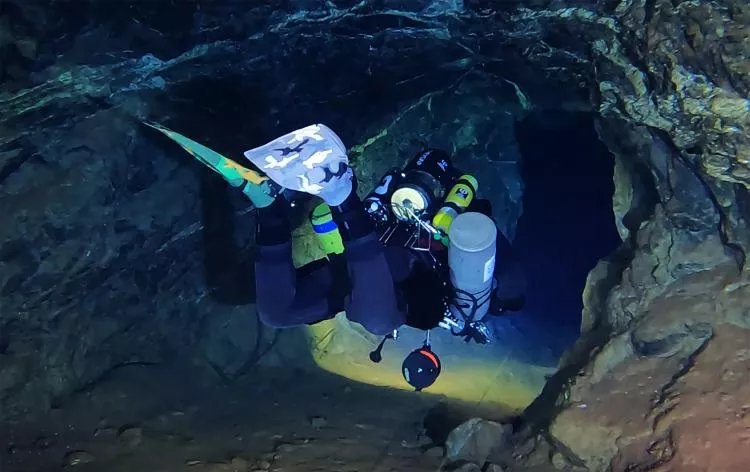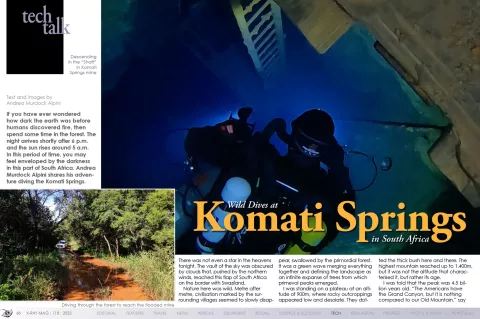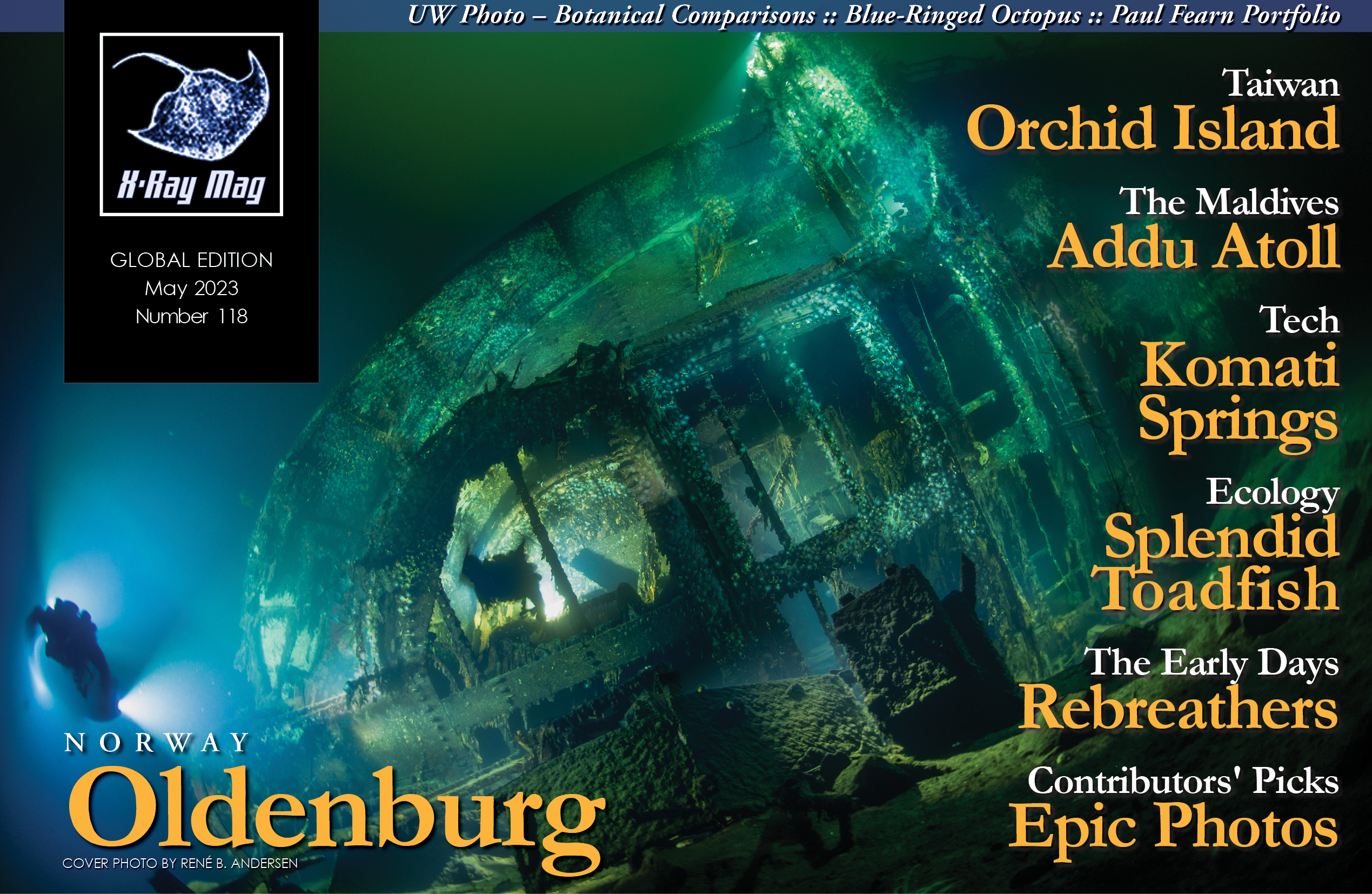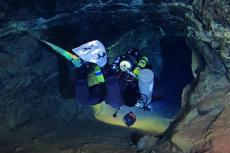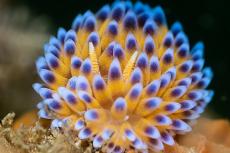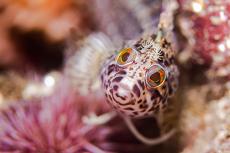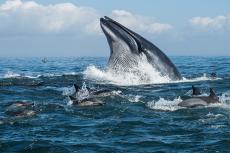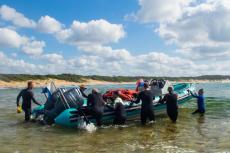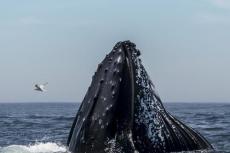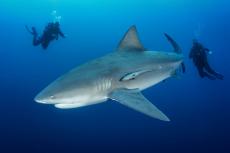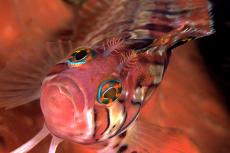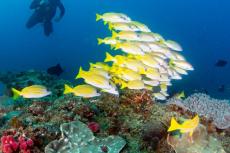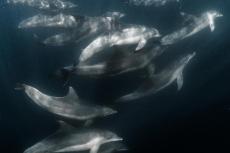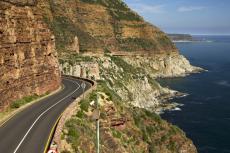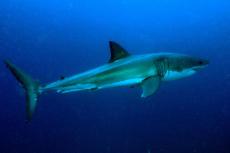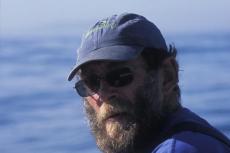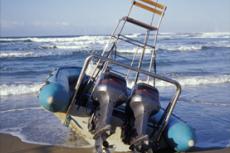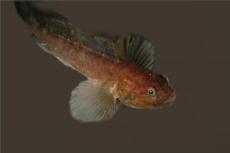If you have ever wondered how dark the earth was before humans discovered fire, then spend some time in the forest. The night arrives shortly after 6 p.m. and the sun rises around 5 a.m. In this period of time, you may feel enveloped by the darkness in this part of South Africa. Andrea Murdock Alpini shares his adventure diving the Komati Springs.
Contributed by
There was not even a star in the heavens tonight. The vault of the sky was obscured by clouds that, pushed by the northern winds, reached this flap of South Africa on the border with Swaziland.
Nature here was wild. Metre after metre, civilisation marked by the surrounding villages seemed to slowly disappear, swallowed by the primordial forest. It was a green wave merging everything together and defining the landscape as an infinite expanse of trees from which primeval peaks emerged.
I was standing on a plateau at an altitude of 900m, where rocky outcroppings appeared low and desolate. They dotted the thick bush here and there. The highest mountain reached up to 1,400m, but it was not the altitude that characterised it, but rather its age.
I was told that the peak was 4.5 billion years old. “The Americans have the Grand Canyon, but it is nothing compared to our Old Mountain,” say the locals. In fact, any epoch compared to this primordial rock feels like yesterday.
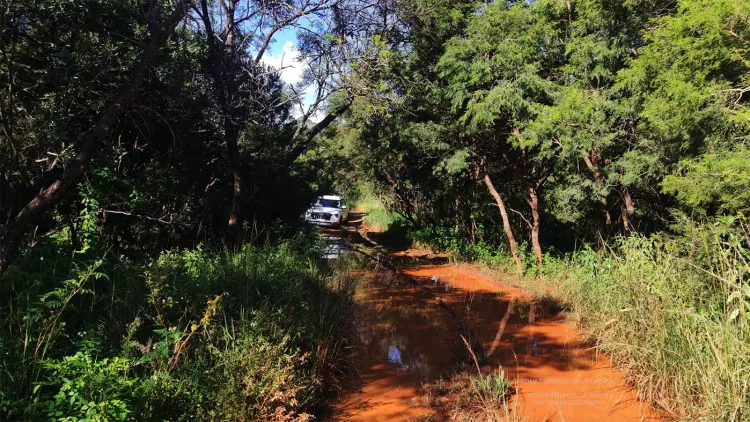
Getting there
Getting to the mine required patience and determination and also a bit of luck. Thankfully, everything went the right way. My dive partner and I prepared the equipment, and then we got on the trail, heading towards a stretch that sloped and descended. It was time to carry out an inspection, both along the path that led to the mine and to the body of water that led to the entrance of the cave.
We found a flooded basin dominated by beautiful vertical rocks. All around us was the jungle, which had taken back the space that humans had tried to claim from it in the past. The lake was 54 metres deep, while the entrance to the flooded mine was about 18 metres. The cave that led into the mountain was enchanting.
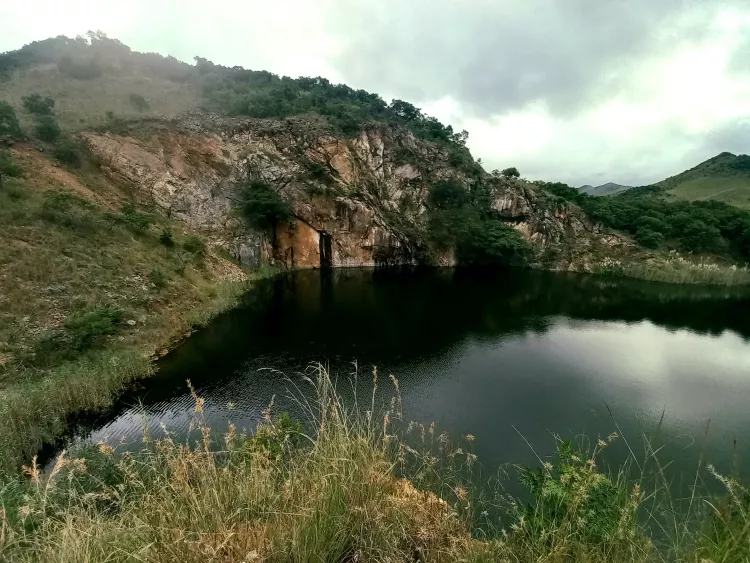
Diving
From the shape of the rock, you immediately understood that this place had charm. It had character. Many images struck me underwater—abandoned machinery, rails, fire doors—in the end, it was nature that made the greatest impression upon me.
On entering the mine, everything was pitch black. Reality, as we knew it, disappeared. With the lack of light… nothing had shape or colour. Everything vanished; it was up to an individual to decide where to put light to this world of darkness and make it more inviting.
The first tunnel was about 110m long and led to the vertical distribution well, which was called the “Shaft.” But before you got there, you had to go through a small, narrow fire door. The door opened to the right. The structure was made of iron, while all around us, a wall of cement bricks closed in the space and separated the two environments.
Beyond the wall were wooden structures and iron staircases, with roped pathways that descended vertically towards the last transverse tunnel of the mine, at 110 metres. Lighting up this well gave us a dimensional sense of the place.
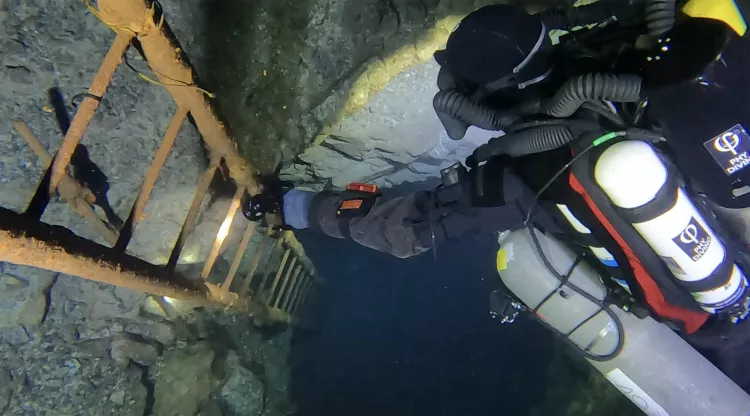
Introspection
Looking into the abyss, you saw yourself. You understood how small you were compared to the Mountain and how fragile you were here, in this environment, which, to be made hospitable, needed light.
Light was the only element that made the mine appear anthropic. Structures left by humans were not enough. This place was really more like a large and complex cave than an old mine, where fireproof fibre was obtained from the excavated rock. The mine was decommissioned in the 1970s. Since then, the only people who had set foot inside it were speleodivers.
We found significantly sized logs, which lay flat atop one another, before and after the second fire door. Here, in the area before the entrance of the second level, the space was slightly wider than on the upper level, but once you entered, the spatial pressure of the tunnel changed.
The tunnel was excavated to human size, about 2m high and 1.5m wide. The vaulted ceiling collected the discharged bubbles of us divers, thus creating a strange optical effect, which made it seem as if there was a mirror above our heads.
As I proceeded, I checked the rigs I had assembled yesterday. I made sure that everything was in place and that the line was well stretched at every point. At 38m, the tunnel had even better visibility, with more transparent water quality than the upper level. In a few areas, there was denser visibility. But for the most part, only the range of one’s headlights limited the visibility of the area.
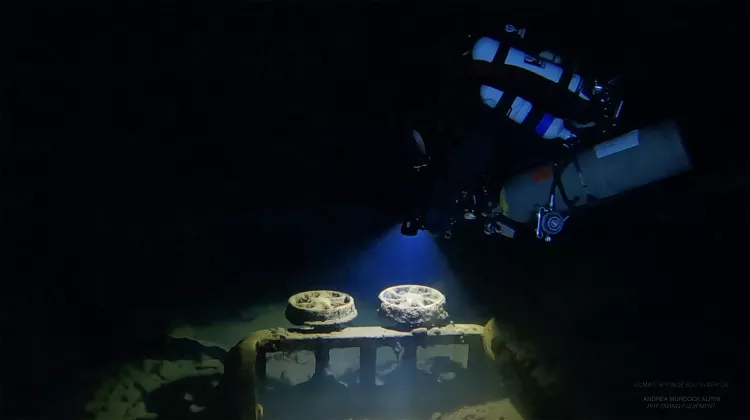
Artefacts and features
Several artefacts were found abandoned: a huge spool that carried tons of steel cable, tubes for ventilation, and some tools used by miners. In a small den on the left were several abandoned beams accompanied by a lot of iron netting (mesh). Some cable was still wrapped around its wooden spool; another cable was folded in upon itself, left as the last minors had used it.
The colour of the rock at this level was very different from the previous one. The walls were cerulean, speckled with grey, blue and black. It even seemed to be brighter here. What the mind does not do just to tame an inhospitable place… The bottom, and the objects found there, were covered with heavy sediment.
Sometimes, the movement of the water was enough to move the sediment and cause zero visibility. Other times, it was our fault; with just a kick out of place for a moment, images were quickly ruined.
The fire door here was much farther ahead than on the previous levels. It was much smaller than the others, too. Behind it, the space suddenly became small and narrow. A sort of corridor then opened onto a great chamber, which had four large pillars.
Our plan was to continue on the left side and search for the staircase that led to the 48m point of the fourth level. This was in fact the only blind level that exchanged with the level below 70m, but not with the “Shaft.”
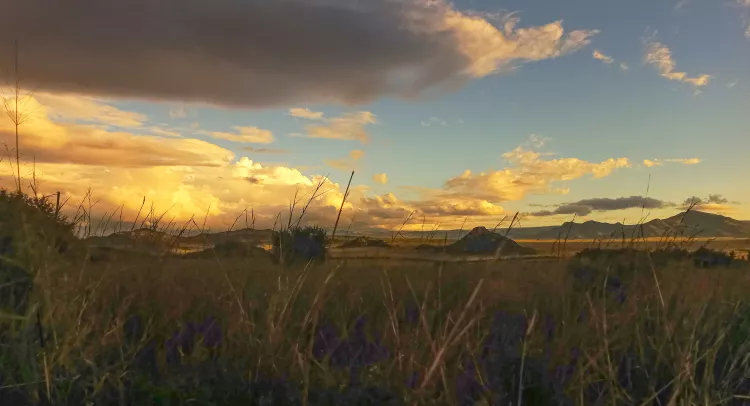
Return
Turning back, at the end of the dive, we were now accustomed to the absence of light; we felt part of that environment until a greenish light appeared, of a unique intensity. It was emerald in colour. This brilliant colour resulted from the combination of light filtering through the water and aquatic plants dyeing the lake green, the same hue as the thorny acacias that surrounded it.
Getting back to the light is the innate aim of every person who descends or dives underground. Being here in this supernatural light was an ecstasy of the senses. I stopped and enjoyed the scenery.

